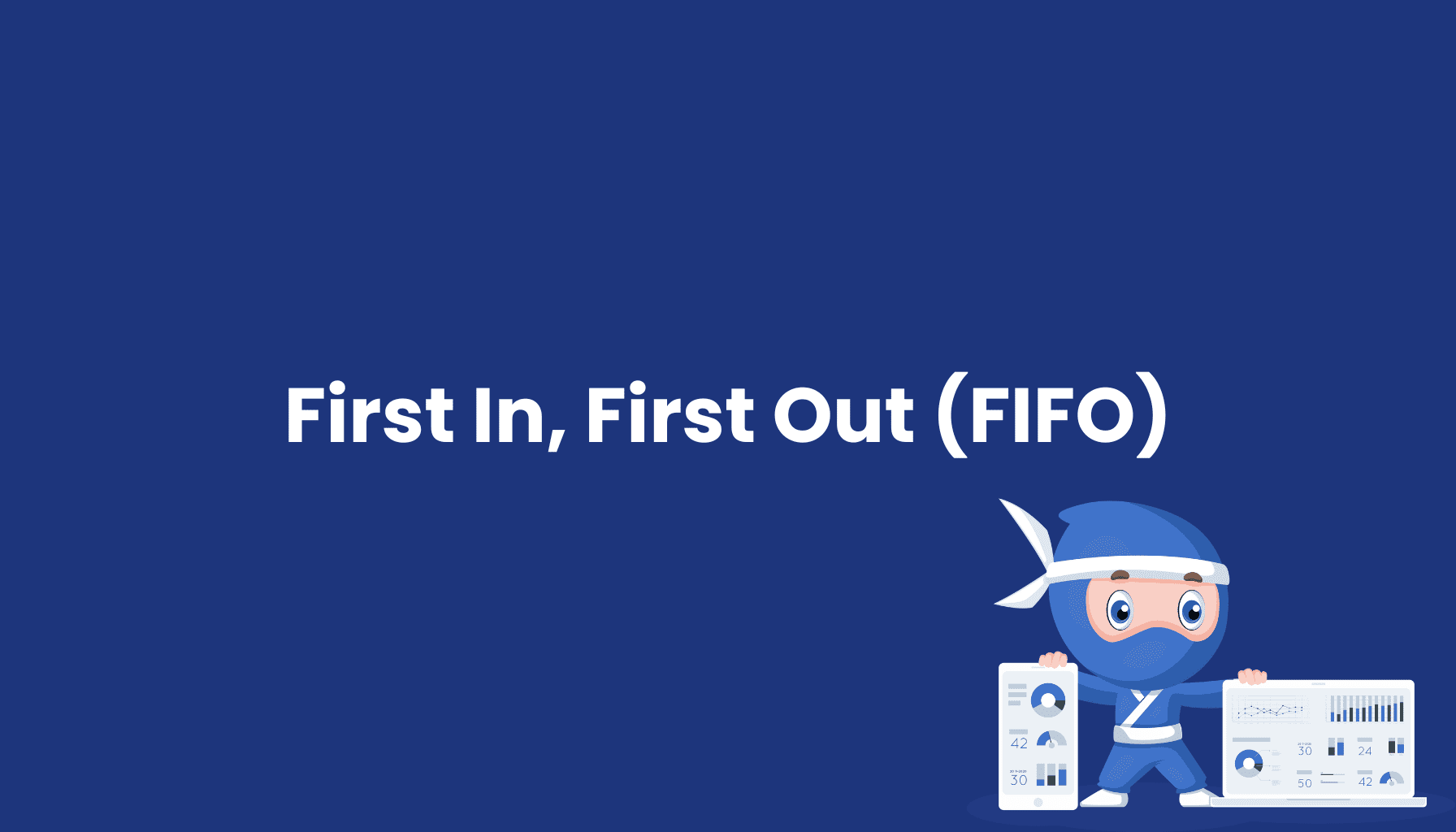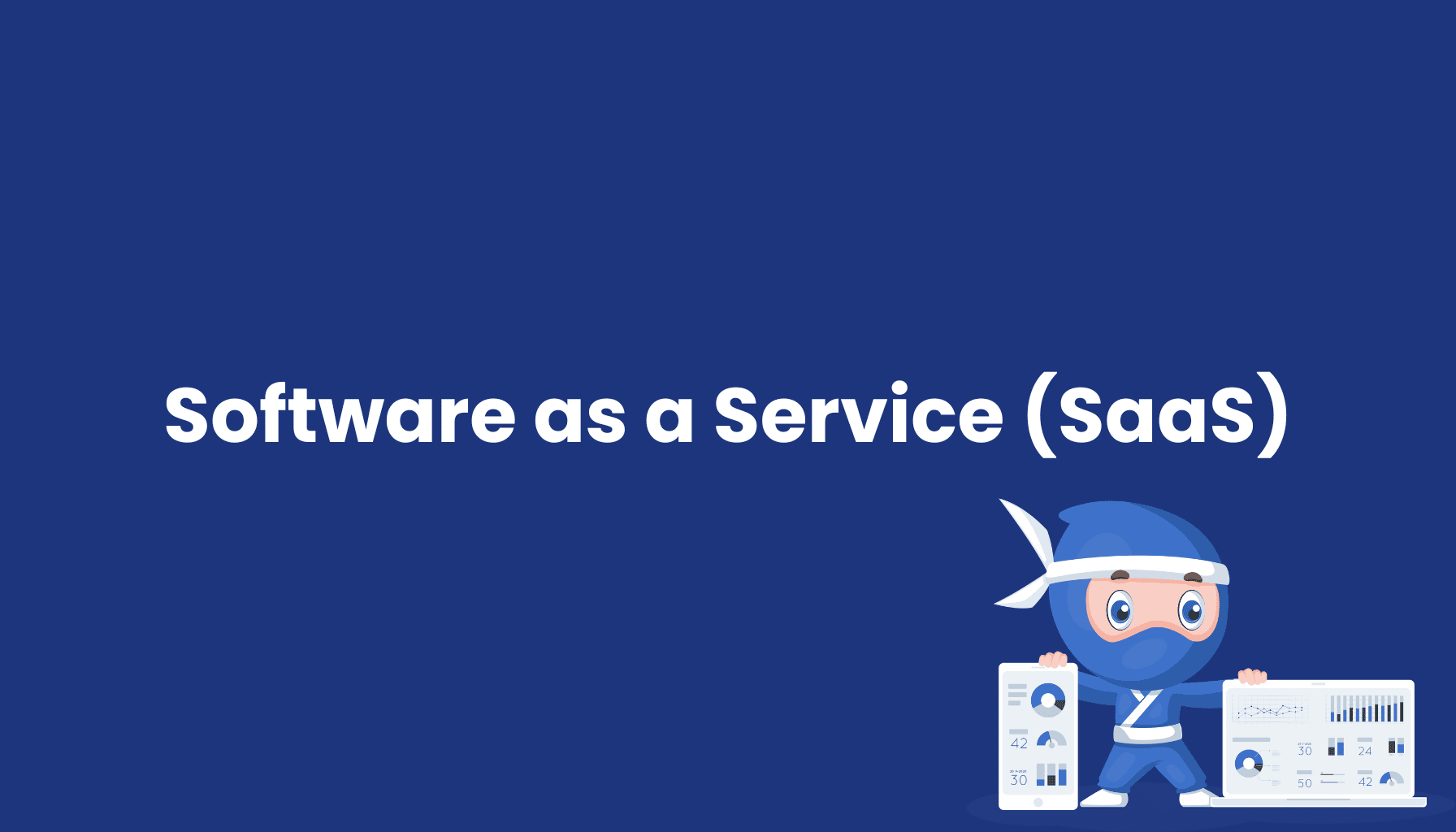First In, First Out (FIFO)

What is the FIFO Principle?
The FIFO Principle (First In, First Out) is a widely used inventory management method that ensures the oldest products are used or sold first. This method is essential for maintaining fresh stock and avoiding product obsolescence. The FIFO method is especially crucial in industries such as logistics and the food industry, where expiration dates play a key role.
Key Features of the FIFO Method
- Order of Removal: The products that are first stored are also the first to be used or sold. This rule helps reduce older inventory and prevent spoilage.
- Inventory Management: Warehouses and shelves are organized so that older products are easily accessible, ensuring they are used first.
- Transparency and Control: Implementing the FIFO method offers clear inventory oversight and simplifies the tracking of goods in the warehouse.
Benefits of FIFO
- Preventing Obsolescence: FIFO ensures that older inventory is used first, minimizing the risk of expired or outdated products.
- Cost Efficiency: The FIFO method reduces losses from obsolete goods and maximizes the value of items in storage.
- Quality Assurance: Using older stock first maintains product quality, particularly in industries such as food or pharmaceuticals.
LIFO: An Alternative to FIFO
The LIFO (Last In, First Out) method operates in the opposite way to FIFO. In LIFO, the most recently added items are used or sold first. This method is often used when it's advantageous to prioritize newer inventory, particularly in industries with fluctuating prices for materials.
Example of FIFO in Action
In a supermarket following the FIFO rule, older products are placed at the front of the shelves to ensure they are sold first. New deliveries are placed behind the older stock, following a strict order to minimize the risk of outdated or spoiled goods.
Impact on Accounting
In accounting, the FIFO principle is important for inventory valuation and cost accounting. When applying FIFO, companies value their goods based on the oldest purchases, which can be advantageous during periods of rising prices. This leads to a more accurate representation of costs on the balance sheet.
Application in the Manufacturing Industry
In manufacturing, the FIFO principle is used to streamline material flows and optimize production processes. By ensuring older materials are used first, manufacturers can reduce waste, improve product quality, and lower costs.





